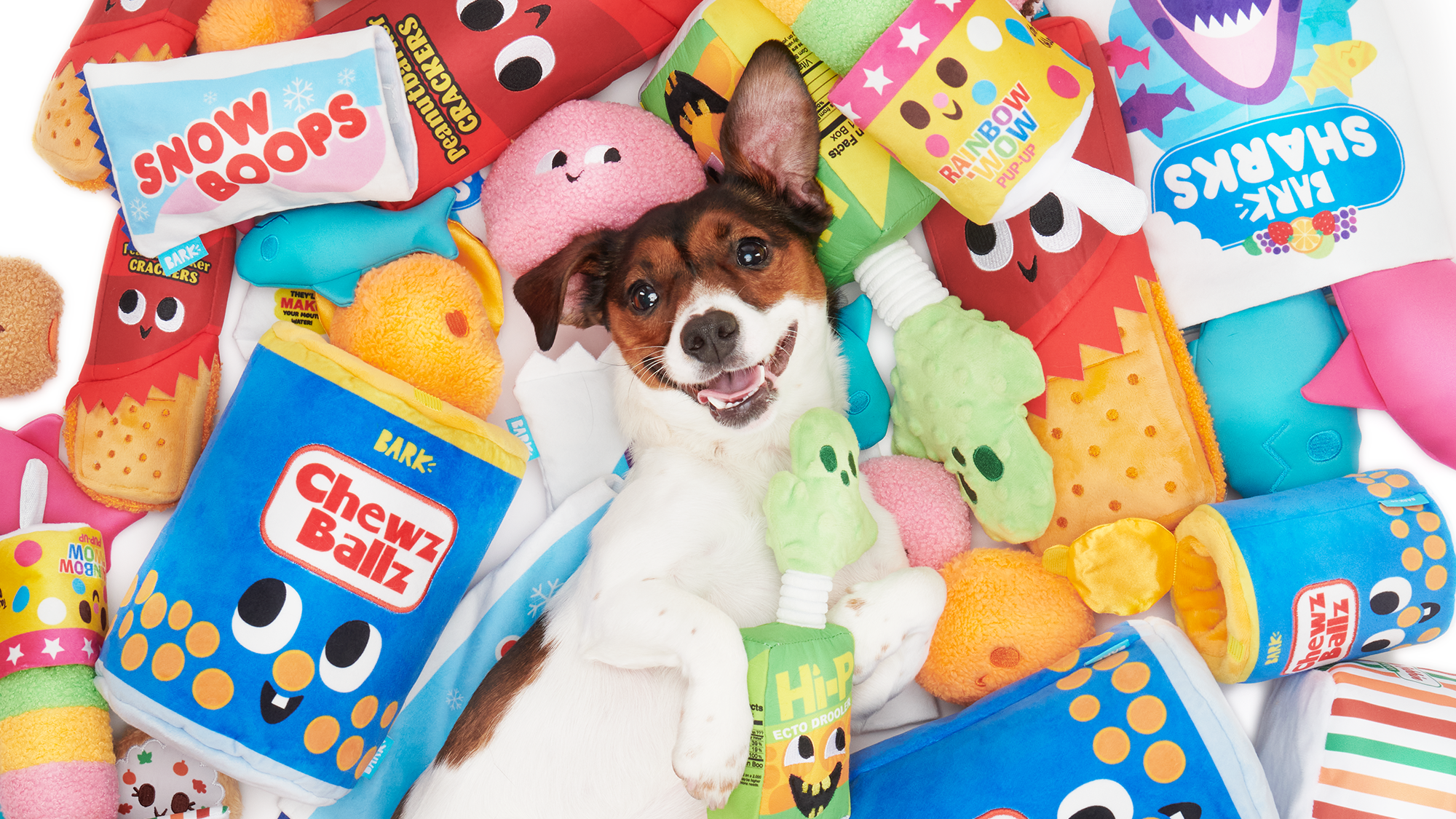Small dog syndrome: Common breeds that are affected, signs, and tips to manage it
Read what our vet has to say about small dog syndrome and ways to prevent it
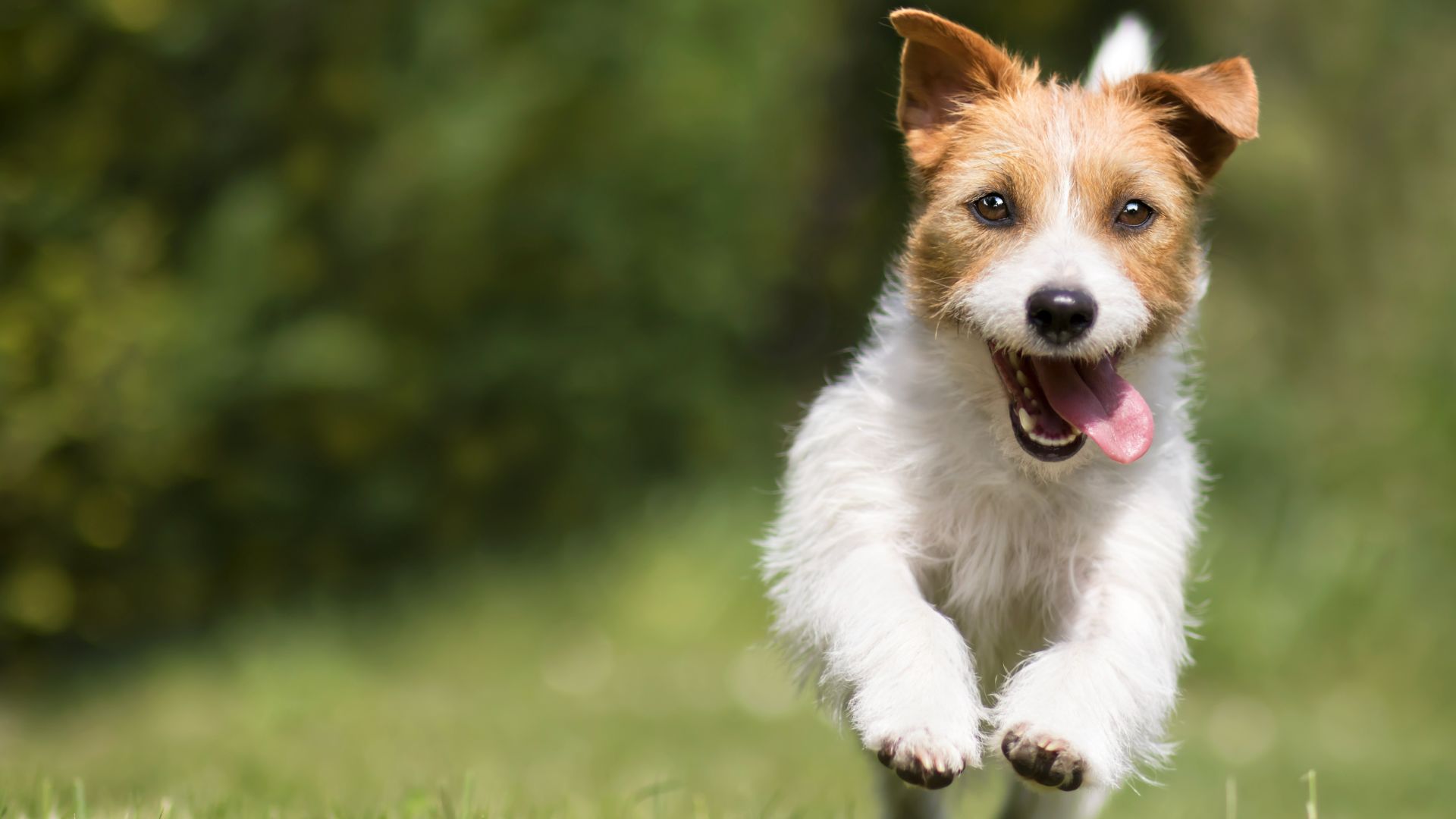
Heard of small dog syndrome? Chances are, if you're an owner of a toy breed, you probably have. Small dog syndrome is described as undesirable behaviors like jumping up, barking, or pulling on the leash that are sometimes exacerbated in small dogs.
These behaviors would simply not be tolerated in large breed dogs because they would become unmanageable so quickly. Vet Dr. Rebecca MacMillan says, "These dogs are often allowed to get away with this sort of behavior, with many owners turning a blind eye because the dog is small and cute."
While a small dog jumping up at you may not be that threatening or dangerous, it is still behavior that you may want to nip in the bud. As with larger breeds, it's important to properly socialize and train your dog to avoid these unwanted behaviors.
In this feature, we go into all the characteristics of small dog syndrome, ways to prevent and the types of breeds most likely to suffer from it.
What is small dog syndrome?
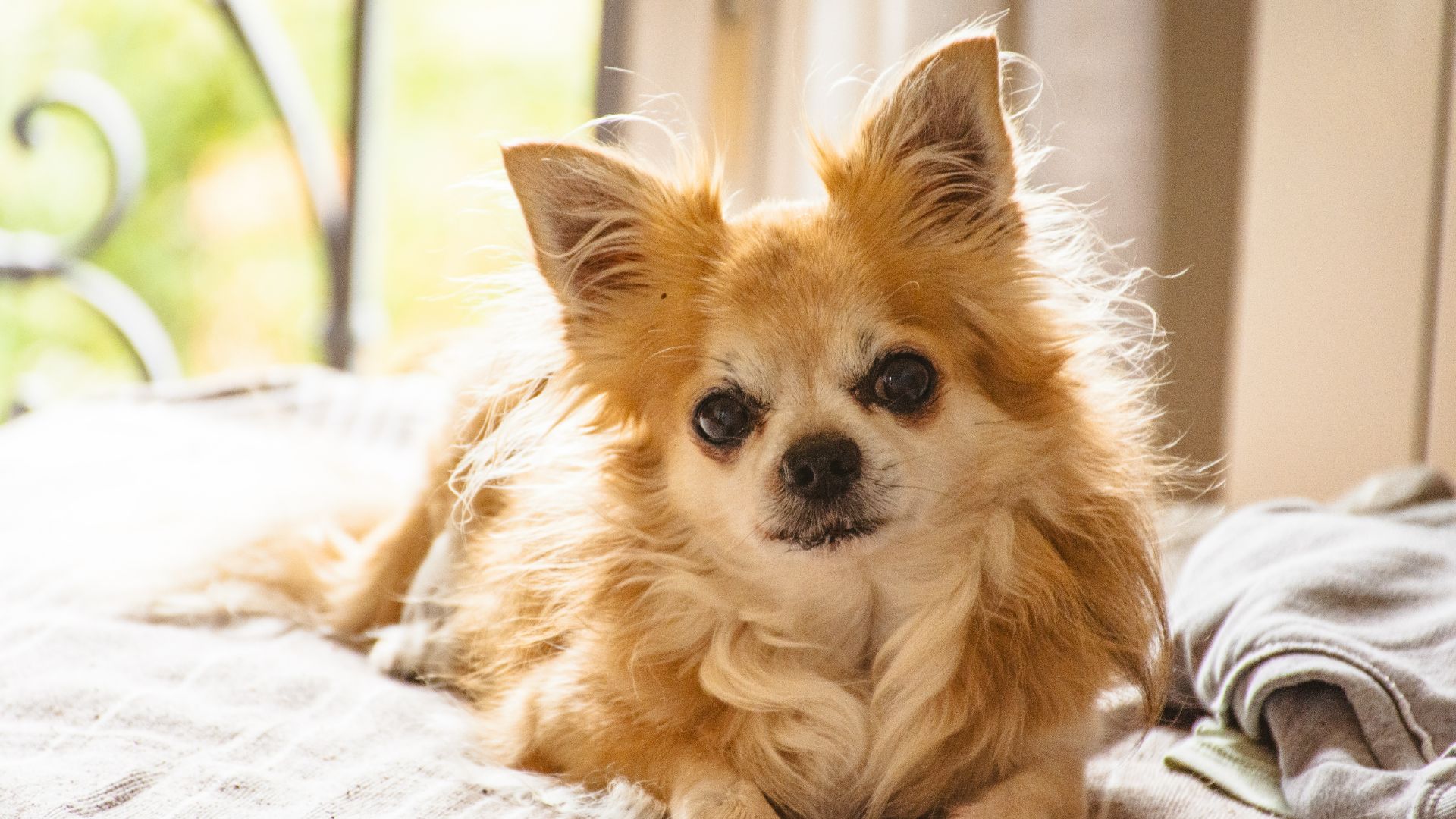
"Small dog syndrome is a term used to affectionately describe an array of undesirable behaviors often seen in little dog breeds. This can include jumping up, barking excessively at people or other dogs, aggression, pulling on the leash," says Dr. MacMillan.
If you have a small dog that seems to have a lot of personality trapped in a tiny body, it might be worth investigating whether or not these are behavioral problems or if your tiny pooch is just a little spunky.
So what behaviors are included in this? Dogs with small dog syndrome can display the following:
Get the best advice, tips and top tech for your beloved Pets
- Jumping up on people
- Barking
- Aggression, including growling or nipping at you
- Biting
- General disobedience
Dog breeds most likely to suffer from small dog syndrome
While small dog syndrome can affect any small or toy dog breed, there are a few breeds that seem more prone to it.
1. Jack Russell Terrier
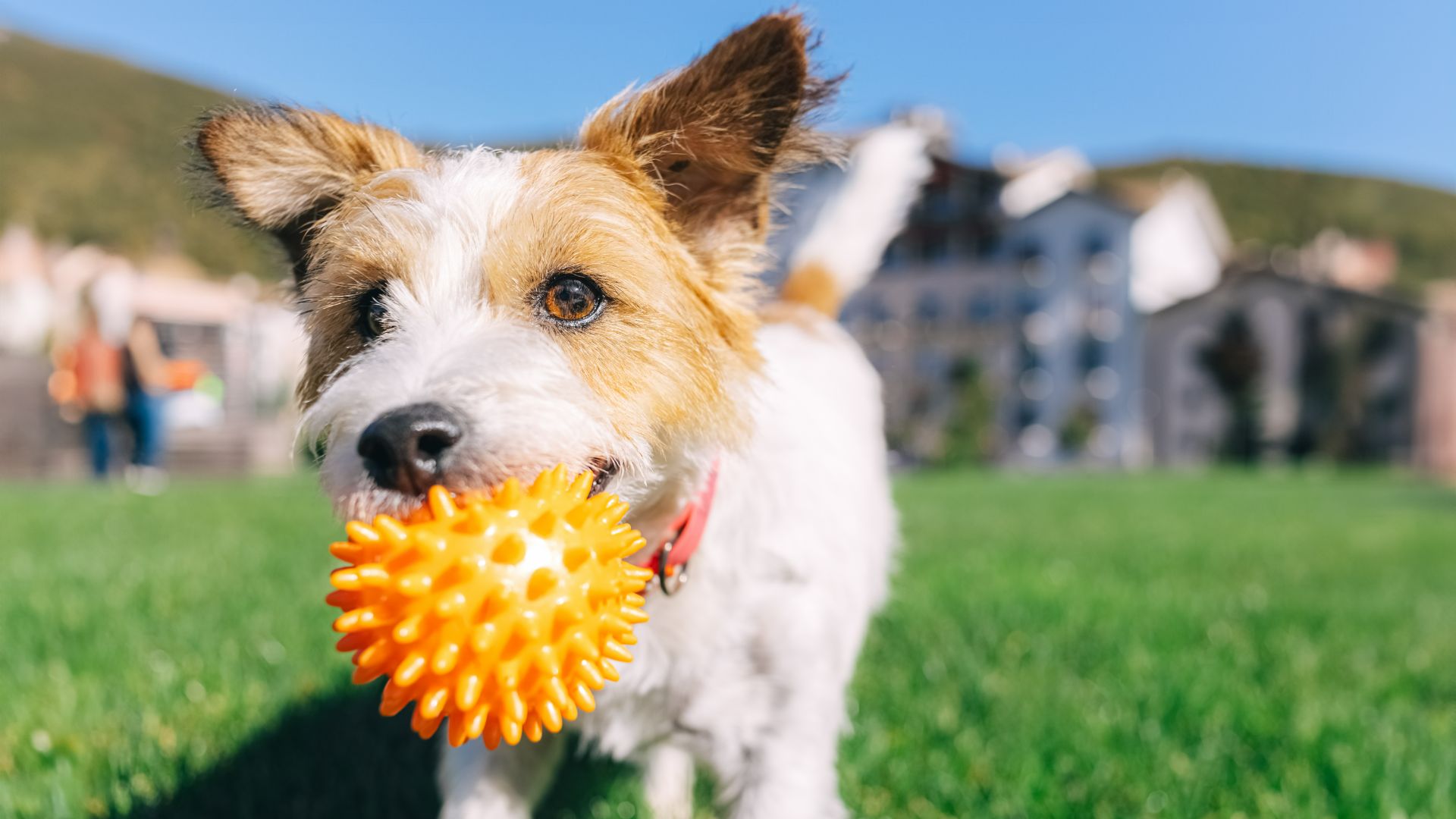
Jack Russell Terriers have big personalities, but with the right training and socialization, these dogs can be great companions.
It is important to note that this is a high energy breed that needs plenty of exercise. They are also one of the fastest dog breeds and can run up to 38mph!
2. Chihuahua
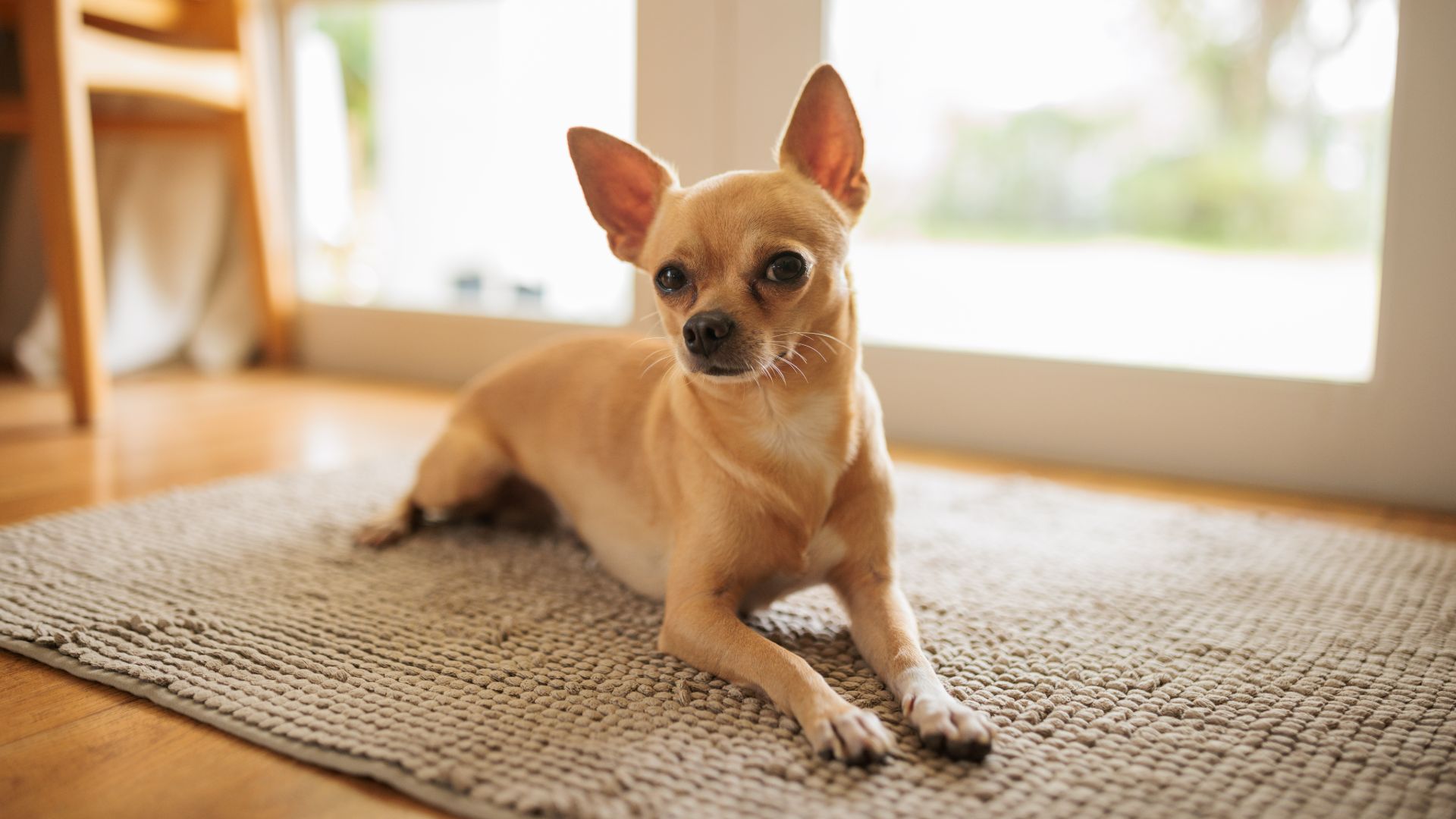
Chihuahuas can get a bad reputation for being feisty little pups, but these are very affectionate dogs. They are one of the longest living dog breeds, with a life expectancy between 12-18 years.
While they make great family pets, they may be better suited to homes with older children. Due to their size, they are relatively fragile and should be handled carefully.
3. Pomeranian
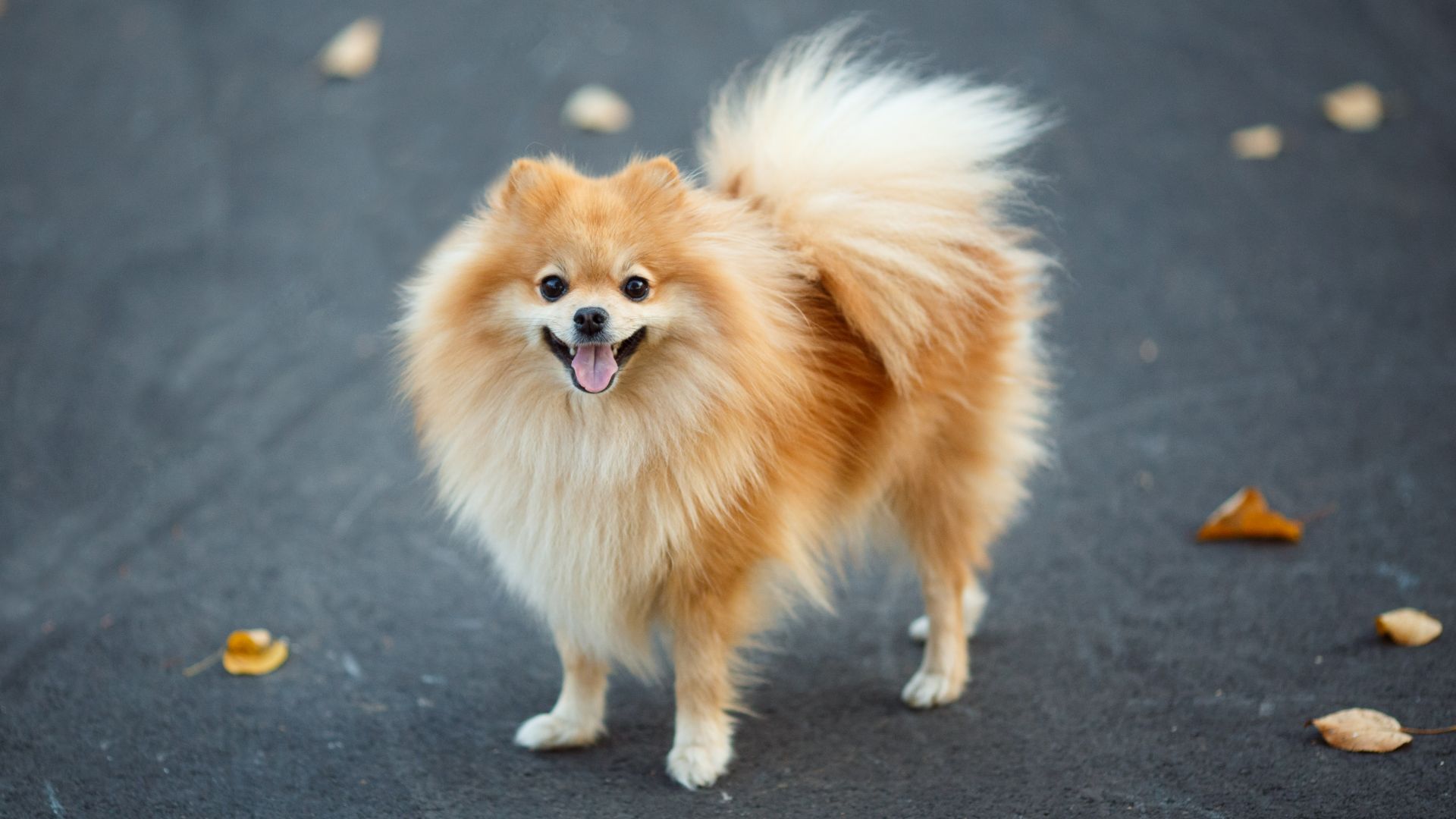
Pomeranians are full of life and are generally happy dogs. Their outgoing nature makes them one of the best dog breeds for extroverts.
These fun-loving dogs have tons of energy, so they will need plenty of exercise, around 30-60 minutes a day. It's also very important to socialize these dogs early on, as they are known for trying to pick fights with other dogs.
4. Miniature dachshunds
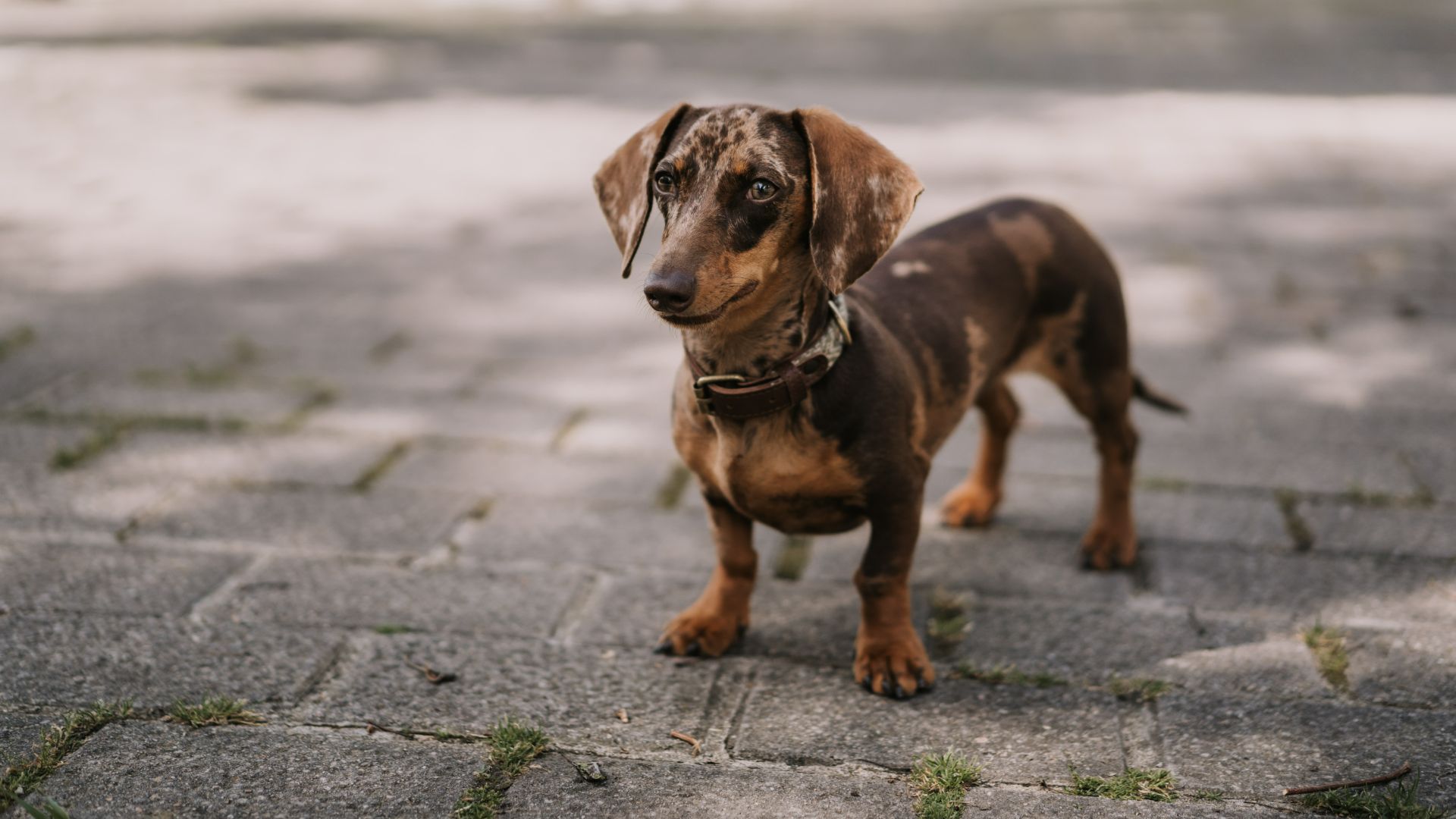
Dachshunds are a hound breed, meaning they were bred for hunting and tracking. Specifically, they are scent hounds who use their nose for these jobs.
These dogs can have a prickly disposition and generally bond closely with their pet parents, staying wary of strangers. Dachshunds can be a little challenging when it comes to training, but with lots of positive reinforcement and tasty dog treats, they can easily learn new tricks and commands.
How to manage small dog syndrome
Dr MacMillan notes that it's best to prevent these behaviors from happening early on. You can do this by socializing and training your dog when their puppies.
She says, "You shouldn’t ‘baby’ your small breed puppy, for example, by carrying them around or letting them nip or jump up at you. They still need to learn all the same social skills that large dogs do."
If you are already dealing with these behaviors, Dr MacMillan recommends reward-based training and praising the behaviors you want them to do.
"Seeking help from a qualified pet behaviorist is recommended if you are struggling, especially if your pet acts unpredictably or aggressively," she adds.
Read next: How to treat shaker syndrome in dogs
Edited by Georgia Guerin and Megan Milstead.
Last updated in July 2025 by Alexis De Leaver.

Our staff writer, Alexis, is a digital content specialist and passionate pet advocate with a background in lifestyle journalism. Raised in a lively home filled with cats, dogs, and fish, she channels her lifelong love for animals into creating helpful, research-driven content for pet parents.
She collaborates with veterinary professionals to ensure accuracy and is currently pursuing additional pet care certifications.
A graduate of Bowling Green State University, Alexis has contributed to major UK and US publications, including Daily Mail, Space.com, and Black Women Rising Magazine.
